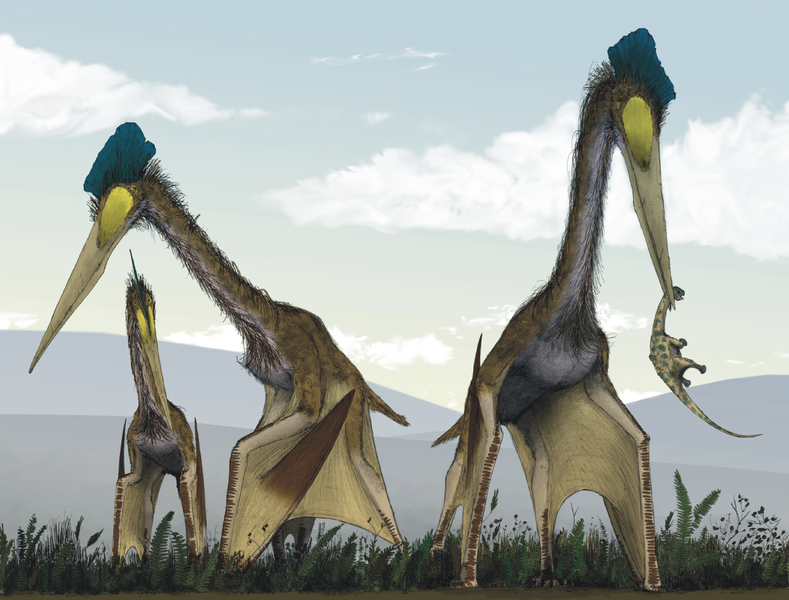Found: Amazingly Well Preserved Bones of Giant Flying Reptiles
Pterosaurs were so big!

Imagine a pterosaur flying through the sky. How big is it? Whatever you’re thinking of, it’s probably too small. Pterosaurs, which lived 228 to 66 million years ago, could be as large as modern-day airplanes.
For many years paleontologists thought that, despite the pterosaurs’ wings, the ancient reptiles couldn’t actually fly. (Glide, maybe, but that doesn’t really count.) But as they learned more about pterosaur anatomy—that these ancient reptiles had wings more like a bat than a bird, special air sacs, and thin-walled, hollow bones—scientists came to believe that pterosaurs could fly after all. Those hollow bones, though, are usually crushed by the time they’re discovered by modern science, limiting the information available about these creatures.
Now, new research, described this month at the annual meeting of the Society of Vertebrate Paleontology, could reveal more about key qualities that made it possible for pterosaurs to fly, reports LiveScience. Scientists at University of Michigan and the Natural Resources Authority in Jordan have been studying two pterosaur fossils found with their bones intact.
One of the fossils is a new species of pterosaur, which, with a wingspan of 16 feet, is relatively small. The other is closer in size to Quetzalcoatlus northropi, the largest of the pterosaurs, which can have a 40-foot wingspan. These well-preserved bones should be able to reveal more about how big pterosaurs were, the air sacs that helped power their flight, and their capability of lifting off the ground and into the air.















Follow us on Twitter to get the latest on the world's hidden wonders.
Like us on Facebook to get the latest on the world's hidden wonders.
Follow us on Twitter Like us on Facebook